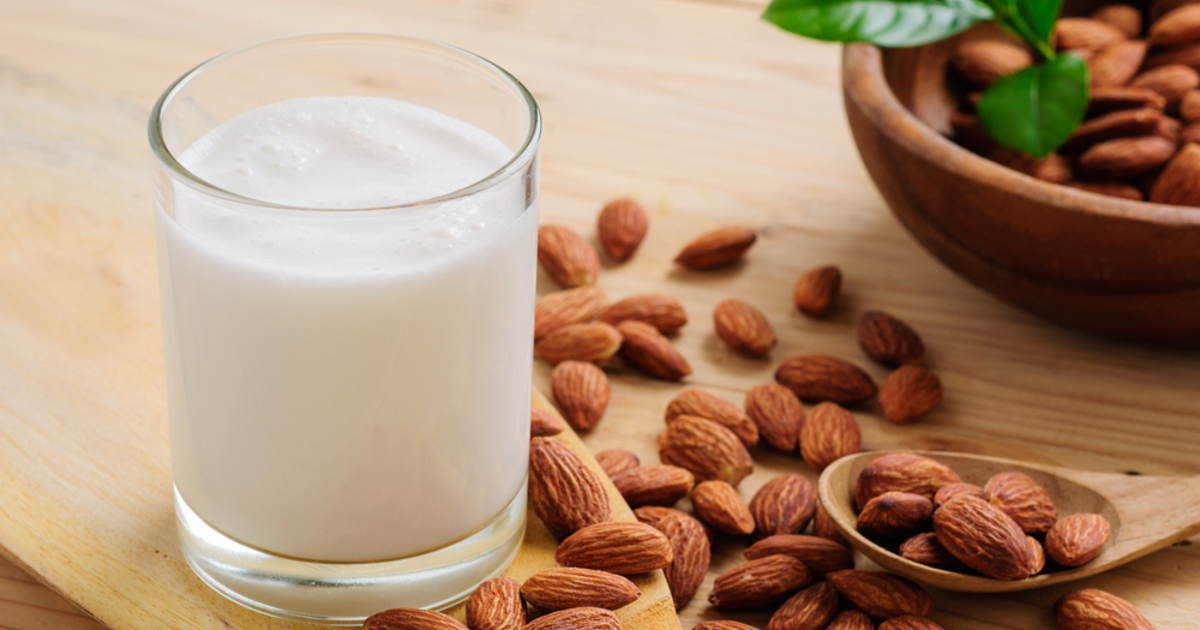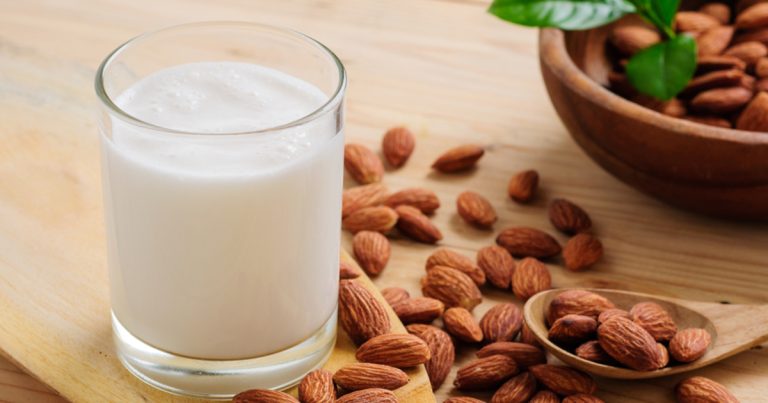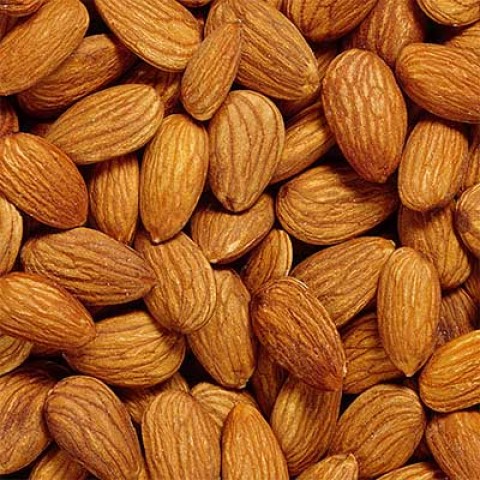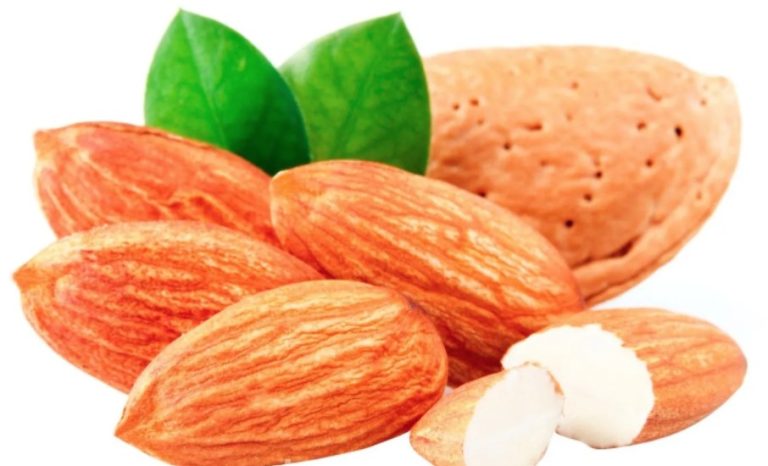Unlike soy milk, for example, almond milk does not froth well. But with a few tricks or special barista versions, it still works. We will explain to you what is important when it comes to almond milk foam.
Almond milk is particularly popular among allergy sufferers because it is free of lactose, soy protein, milk protein and gluten. However, due to the cultivation of almonds, almond milk is not the most environmentally friendly milk alternative. Because of the taste, many still use almond milk. The problem: it usually doesn’t foam well because it lacks enough fat and protein.
There are now special barista versions of almond milk on the market that are suitable for frothing. We present selected products to you. We will also explain how you can make your own almond milk and how you can use a few ingredients to make it a barista edition.
Froth almond milk – you can do it with special products

In general, normal almond milk is not well suited for “latte-style” coffee: either it cannot be frothed at all or it forms unpleasant flakes in the coffee.
In the meantime, however, the trade has followed suit and offers some barista versions of almond milk that are especially suitable for frothing. However, most of these products contain additives and are not available in organic quality:
For example, there is Joya’s barista almond milk, which contains maltodextrin, the stabilizer gellan and lecithins as well as dipotassium phosphate as an acid regulator.
Alpro also has a barista almond milk in its range, but it also contains other additives: In addition to sugar, fructose, acidity regulators and the stabilizers gellan and guar gum, it also contains flavors.
EcoMil’s barista almond milk is available in organic quality and with higher-quality ingredients: it contains cane sugar, tapioca starch, sunflower oil, pea protein, natural vanilla flavoring and the stabilizer gellan gum.
The fact that Barista almond milk products require so many additives shows that “normal” almond milk is otherwise difficult to froth. With a good milk frother, you can also achieve good results with the spelled-almond drink from Natumi or the almond drink from Alnatura. Both products contain no unnecessary additives and are available in organic quality.
The most important tip: Only cold almond milk can be frothed at all. Almond milk is best straight from the fridge.
Make barista almond milk yourself: recipe ideas

If you want to froth regular almond milk, a few other ingredients can help. As a basic ingredient, you can either use store-bought organic almond milk or make your own almond milk.
To add more proteins and fats to the almond milk and give it more stability, you can try the following ingredients:
About 50 grams of soaked cashew nuts or a heaping tablespoon of cashew butter in one liter of almond milk give the vegan milk alternative more protein and fat. Then, blend the milk in a high-speed blender and strain it through a nut milk bag. Then the almond milk can be foamed a little better.
Alternatively, you can also add vegetable cooking oil. But it takes quite a lot for that – about 90 milliliters of oil to 1 liter of almond milk. Rapeseed oil or sunflower oil are suitable.
To increase the protein content, you can add a tablespoon of protein powder to the almond milk – preferably in addition to the vegetable oil. Pea protein or hemp protein, for example, are recommended.
Additionally, you can add 1/4 to 1/2 teaspoon of guar gum, locust bean gum, or gellan gum to almond milk as a stabilizer. This makes the almond milk creamier and easier to froth.
Tapioca starch, locust bean gum or psyllium husk powder are suitable natural thickeners.
You can also add lecithin to prevent the frothed almond milk from flaking in the coffee. This emulsifier prevents the individual ingredients from separating from each other. In addition to soy lecithin, you can also use sunflower lecithin.
It is also important that the almond milk is as cool as possible before frothing and that you use a good milk frother (e.g. from Memolife**). With the appropriate ingredients such as cashew butter, oil, protein powder and stabilizer, the almond milk should also be frothed with an ordinary mini milk frother.
Alternatively, you can also switch to another plant-based milk as a milk substitute: soy milk and spelled milk are particularly easy to froth. Oat milk is also available in selected barista editions that use few additives.







